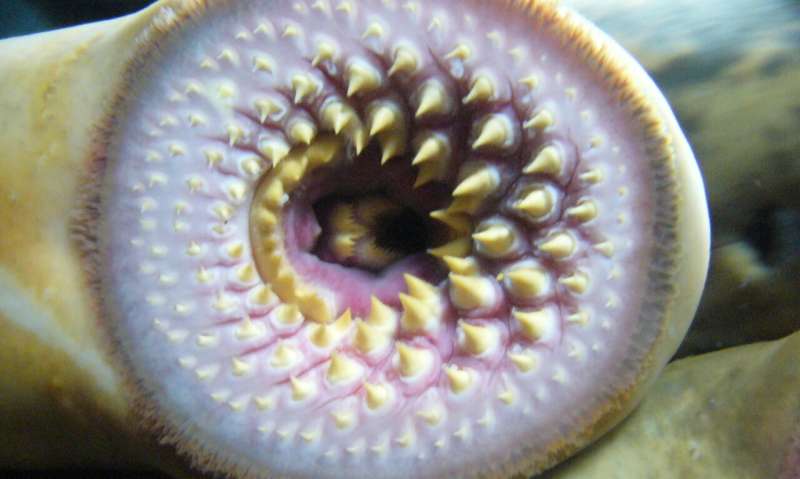Study provides insight into how the brain may have evolved

Researchers from The University of Western Australia have uncovered evidence of an important genetic step in the evolution of the brain. The finding highlights how genetic events that took place in our fish-like ancestors play crucial roles in human brain biology today.
In a new study, published in Nature Ecology & Evolution, researchers found that non-CG DNA methylation, an epigenetic control system found abundantly in human brains, first made an appearance in the earliest vertebrate animals.
Non-CG methylation has the ability to switch on and off the DNA of genes controlling aspects of the brain's functioning. The discovery, that non-CG methylation is found across vertebrate animals, suggests that is has played a crucial role in enabling the sophisticated cognitive abilities found in human and other vertebrate brains today.
Professor Ryan Lister, from UWA's School of Molecular Sciences, who co-led the study, said researchers analyzed the brain samples of animals from across the tree of life.
"We wanted to determine if non-CG methylation is restricted to mammalian species, which possess highly complex cognitive abilities, or if it had deeper evolutionary origins," Professor Lister said.
The researchers found that non-CG methylation is seen exclusively in vertebrate animals. This includes lampreys, animals which come from a lineage of ancient, jawless fish that share a common ancestor with humans.
This finding suggests that non-CG methylation arose in the earliest common ancestors of all vertebrates, organisms that roamed the earth hundreds of millions of years ago.
Co-researcher Dr. Alex de Mendoza said that this result means that non-CG methylation may have played a crucial role in developing sophistication of the brain.
"We looked for non-CG methylation in the brains of everything we could get our hands on, from marsupials, platypuses, birds, frogs, fishes, sharks, and lampreys, which represents the full range of animals with a spine. We also looked at the brains of several invertebrates such as a honeybee and an octopus," said Dr. de Mendoza.
"We found non-CG methylation evolved at the origin of vertebrates and thus may have been an important requirement for the brain to develop more complex functions."
The study also revealed that the evolution of all the genetic tools required for cells to use non-CG methylation took place at around the same time.
The gene responsible for writing non-CG methylation, DNMT3A, and the gene responsible for reading it, MeCP2, were found to have originated at the onset of vertebrate evolution.
"This study highlights how events that took place in our fish-like ancestors still play a central role in our own brain biology," Professor Lister said.
More information: Alex de Mendoza et al. The emergence of the brain non-CpG methylation system in vertebrates, Nature Ecology & Evolution (2021). DOI: 10.1038/s41559-020-01371-2
Journal information: Nature Ecology & Evolution
Provided by ARC Centre of Excellence in Plant Energy Biology



















